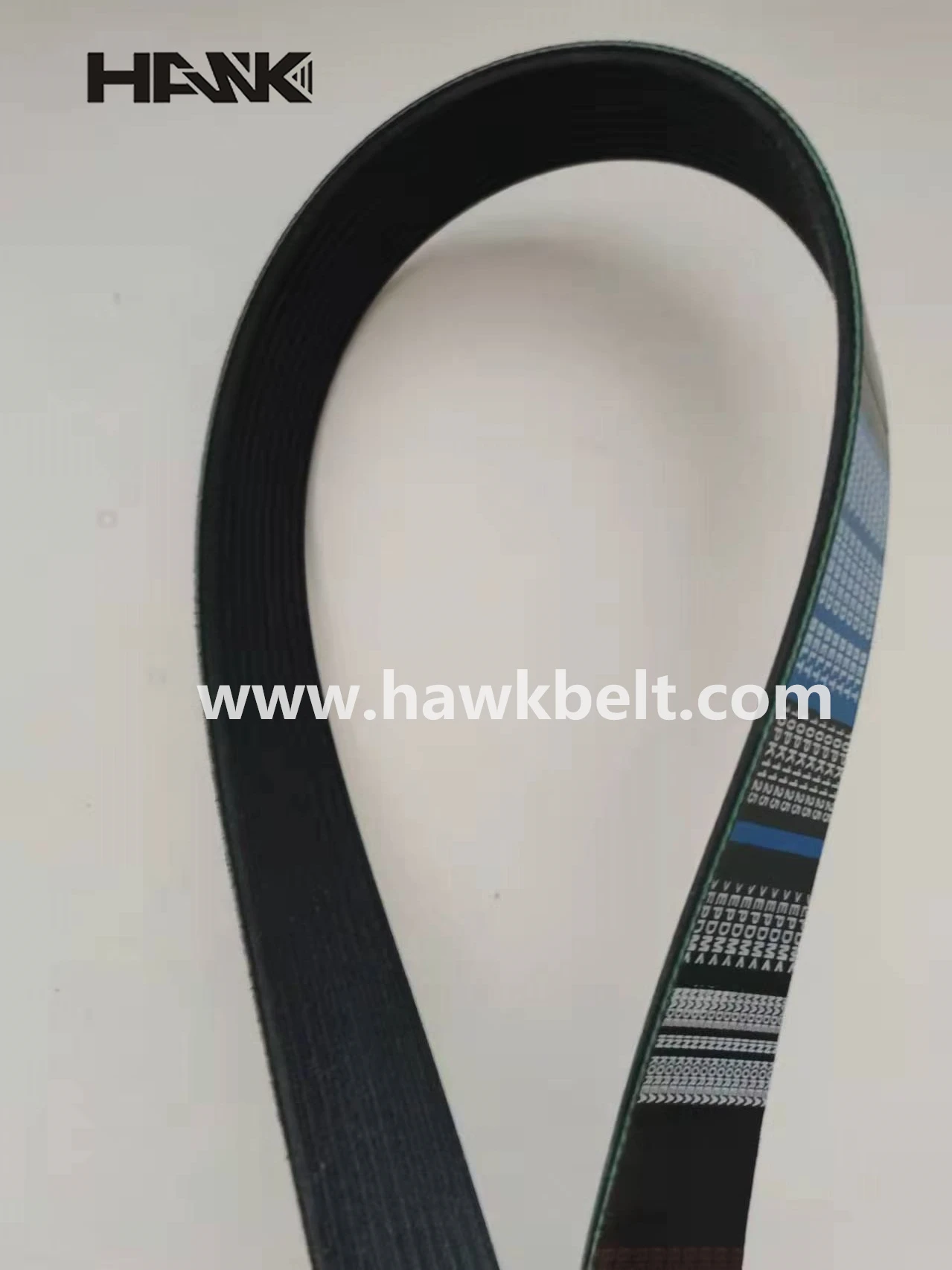- Arabic
- French
- Russian
- Spanish
- Portuguese
- Turkish
- Armenian
- English
- Albanian
- Amharic
- Azerbaijani
- Basque
- Belarusian
- Bengali
- Bosnian
- Bulgarian
- Catalan
- Cebuano
- Corsican
- Croatian
- Czech
- Danish
- Dutch
- Afrikaans
- Esperanto
- Estonian
- Finnish
- Frisian
- Galician
- Georgian
- German
- Greek
- Gujarati
- Haitian Creole
- hausa
- hawaiian
- Hebrew
- Hindi
- Miao
- Hungarian
- Icelandic
- igbo
- Indonesian
- irish
- Italian
- Japanese
- Javanese
- Kannada
- kazakh
- Khmer
- Rwandese
- Korean
- Kurdish
- Kyrgyz
- Lao
- Latin
- Latvian
- Lithuanian
- Luxembourgish
- Macedonian
- Malgashi
- Malay
- Malayalam
- Maltese
- Maori
- Marathi
- Mongolian
- Myanmar
- Nepali
- Norwegian
- Norwegian
- Occitan
- Pashto
- Persian
- Polish
- Punjabi
- Romanian
- Samoan
- Scottish Gaelic
- Serbian
- Sesotho
- Shona
- Sindhi
- Sinhala
- Slovak
- Slovenian
- Somali
- Sundanese
- Swahili
- Swedish
- Tagalog
- Tajik
- Tamil
- Tatar
- Telugu
- Thai
- Turkmen
- Ukrainian
- Urdu
- Uighur
- Uzbek
- Vietnamese
- Welsh
- Bantu
- Yiddish
- Yoruba
- Zulu
Dec . 23, 2024 09:42 Back to list
Understanding the Mechanics and Applications of Flat Belt Systems in Industry
The Versatility and Importance of Flat Belts in Mechanical Systems
Flat belts have been an integral part of mechanical engineering and power transmission for over a century. These flexible and straightforward components have played a pivotal role in the design and functioning of various machinery, making them an essential aspect of technology in manufacturing and other industries.
A flat belt is a type of belt made from a flexible material, typically rubber or leather, fashioned into a continuous loop. Its primary function is to transmit power between two or more rotating shafts. Unlike chain drives or gear systems, flat belts provide a non-positive drive, meaning that they transmit power through friction rather than mechanical interlocking. This characteristic allows flat belts to operate smoothly, reducing wear and tear on component parts.
One of the most significant advantages of flat belts is their versatility. They can be used in numerous applications across various industries, including textile manufacturing, automotive production, and food processing. In textile manufacturing, for example, flat belts are used to drive looms and other machinery. They offer the flexibility needed to accommodate the complex movements required in these processes. Similarly, in automotive applications, flat belts serve crucial roles in driving accessories like alternators and water pumps.
The simplicity of flat belt systems also contributes to their appeal
. They consist of fewer parts than many other power transmission systems, making them easier to install, maintain, and replace when necessary. This simplicity results in lower operational costs and reduced downtime, which is particularly valuable in industrial settings where efficiency is paramount.flat belt

Another important feature of flat belts is their ability to handle varying loads and speeds. The design and material used in the creation of flat belts allow them to stretch slightly under load, absorbing shocks and ensuring smooth operation. This adaptability makes them suitable for a wide range of applications, from low-speed conveyor systems to high-speed machinery. Additionally, flat belts can operate over long distances, connecting machines that may be situated far apart, thus making them invaluable in large manufacturing plants.
Despite their many advantages, flat belts do have some limitations. They can be less efficient than other power transmission methods, particularly in applications requiring high torque or extreme precision. Over time, belts may suffer from wear, leading to slippage, which can reduce effectiveness and lead to increased energy consumption. Consequently, regular maintenance and monitoring of flat belts are essential to ensure their reliability and longevity.
The modern technological landscape is beginning to see advancements in the materials and designs of flat belts. With innovations in synthetic materials, flat belts can now withstand higher temperatures and more demanding operational conditions. Also, the integration of smart technologies into flat belt systems allows for real-time monitoring, predicting wear and optimizing performance.
In conclusion, flat belts remain a vital component in mechanical systems, demonstrating remarkable versatility and simplicity. Their ease of use, adaptability to various applications, and lower maintenance needs offer significant benefits to industries reliant on efficient power transmission. As technology continues to evolve, flat belts will undoubtedly adapt and improve, maintaining their status as fundamental elements in manufacturing and mechanical design. The ongoing innovations in materials and monitoring technologies promise to enhance their capabilities, potentially leading to even wider applications in the future. As industries seek more efficient and durable solutions, flat belts, with their history and reliability, are likely to keep their place at the forefront of engineering solutions.
-
Upgrade Power Steering Pump Belt for Smooth, Quiet Operation
NewsAug.27,2025
-
Precision Timing Belt & Chain: Engine Performance & Durability
NewsAug.26,2025
-
Precision Lathe Drive Belts: Durable & Reliable Performance
NewsAug.25,2025
-
84.5 Serpentine Belt: Durable & Precision Fit for Your Engine
NewsAug.24,2025
-
Premium Ribbed Drive Belts for Quiet Power Transmission
NewsAug.23,2025
-
High-Performance Vehicle Timing Belt for Engine Precision
NewsAug.22,2025

